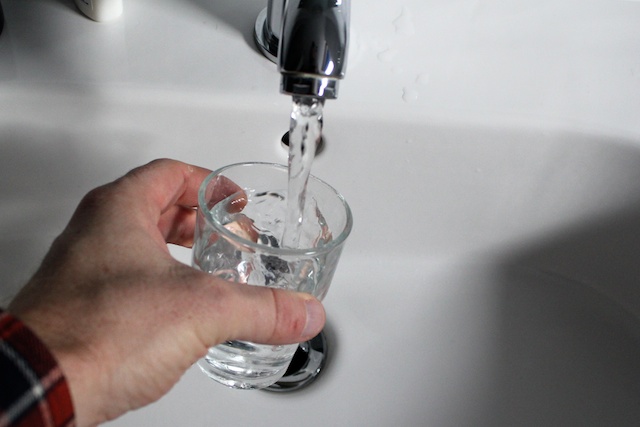Scotland - Day 5: A Quick Word About Water

After going for a run at Glendronach the other morning, I came home, filled a glass with water from the tap, and quickly quenched my thirst. After smacking my lips a bit, I realized that the water tasted very much like the earthy, peaty note one often tastes in whisky. I figured that it had to be residue in my mouth from the previous night's tasting session, but as I continued to drink water from the tap I kept tasting the same flavors. This morning I went on another run, through the country outside of Pitlochry, and came back to a much cleaner water profile. There is a big difference between the water being used by Glendronach's guest house and the hotel we're staying in now.
I'm guessing that the water from the tap at Glendronach is probably from the same source they use to make their whisky. I remember when I first started learning about whisky and water, I assumed that the producers were talking about the water used to proof down the whisky afterward. Last year's visit taught me that all distilleries have to find a source for water nearby that is clean enough to go untreated when making the wort. The grist and yeast cannot be added to water that has been cleaned or altered, it must be natural. That means that the spring water will have the flavors of its natural source embedded within it. These flavors will also be distilled when the wort is boiled and evaporated, so the inherant flavors can be quite important to the end result.
A natural spring source is so important that a distillery's survival can depend upon it. Fiona told us at Glen Garioch that they had once run out of water and it wasn't until the distillery manager at that time, "Digger," went out and found a new local spring that they were able to continue operations. I'm going to start drinking the tap water at every distillery from now on to see if I can taste the differences, as well as pick up any similar flavors in the whiskies themselves.
Off to breakfast and then Edradour/Signatory!
-David Driscoll
